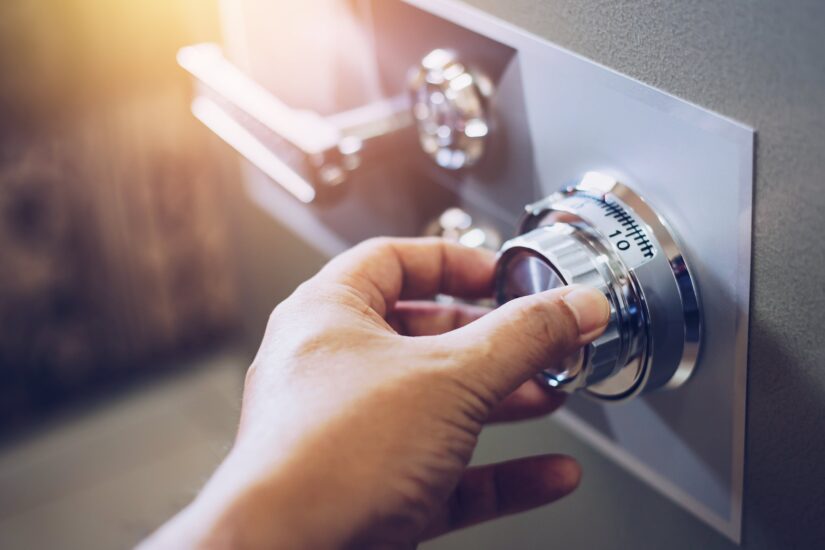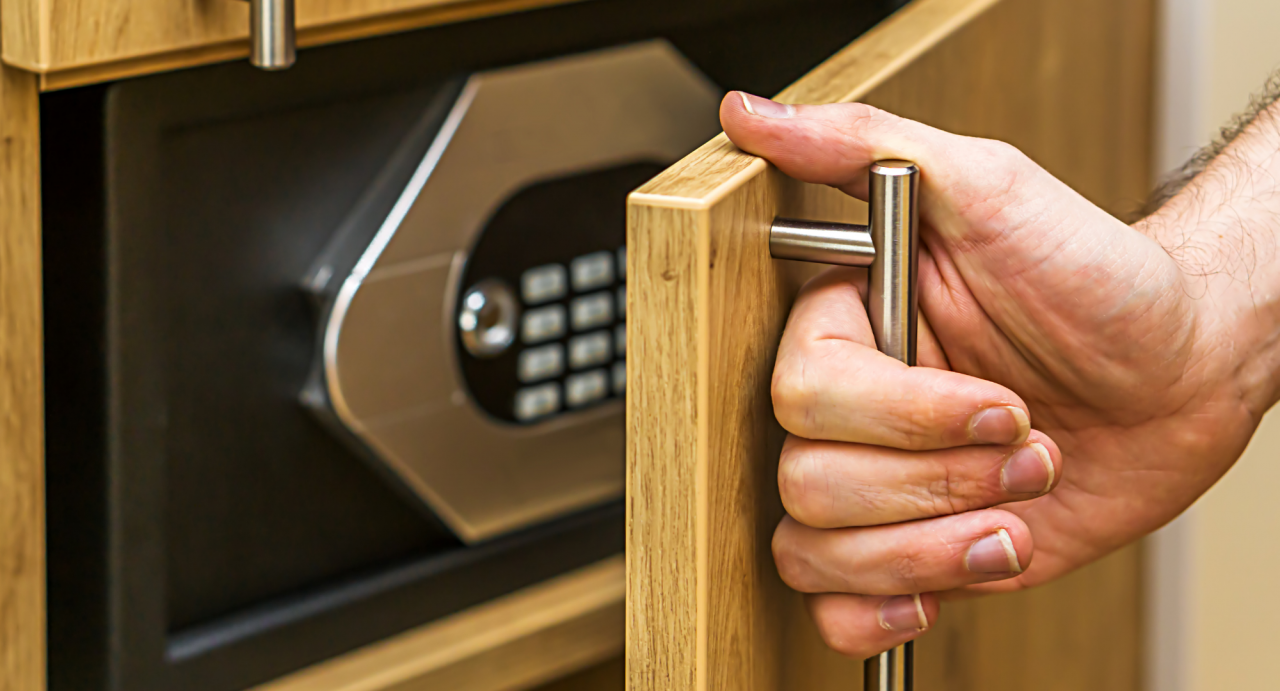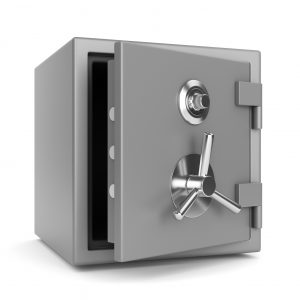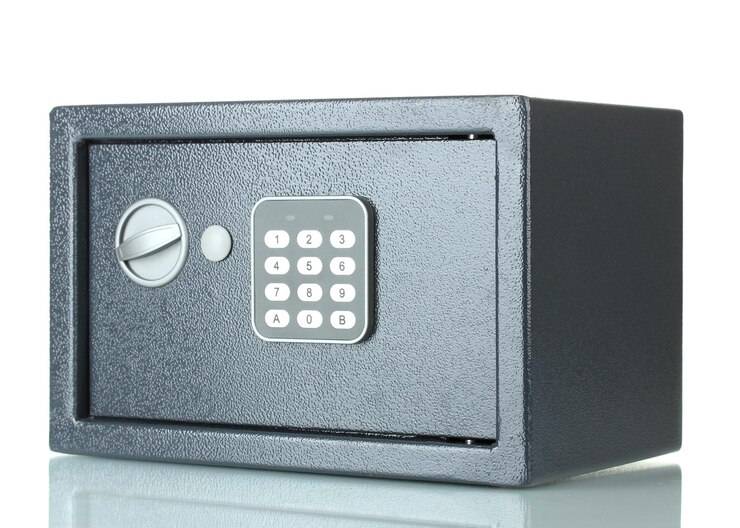Welcome to our comprehensive guide on safe repair, where we’ll delve into common issues that can affect the functionality of safes and provide practical solutions to address them. Safes are indispensable for safeguarding valuable possessions and important documents. However, like any mechanical or electronic device, they may encounter problems over time. Being able to identify these issues and knowing how to rectify them is vital for maintaining the security of your belongings. Throughout this guide, we will explore various issues that safes commonly face, ranging from jammed lock mechanisms to forgotten combinations, and offer effective troubleshooting and repair techniques. Whether you own a traditional mechanical safe or a modern electronic one, this guide will empower you with the knowledge and skills necessary to ensure your safe operates smoothly and securely. Let’s delve into the intricacies of safe maintenance and repair together.
Understanding Safe Components
Safes consist of various components that work together to provide security and protection for valuables. Understanding these components is essential for diagnosing and repairing issues that may arise. Here’s an overview of the key components found in most safes:
1. Door: The door of a safe is the primary barrier between its contents and potential intruders. It’s typically made of thick steel and is designed to withstand forceful attacks.
2. Locking Mechanism: The locking mechanism secures the safe’s door and prevents unauthorized access. Common types of locking mechanisms include mechanical combination locks, electronic keypad locks, key locks, and biometric locks.
3. Boltwork: Boltwork refers to the series of bolts or bars that extend from the door into the safe’s frame when locked, providing additional security. Boltwork systems vary in complexity and may include multiple bolts of different lengths.
4. Hinges: Hinges allow the safe door to swing open and closed. They are usually located on one side of the door and can be internal or external, depending on the safe’s design.
5. Re-locking Device: Many safes are equipped with a re-locking device that triggers additional locking mechanisms in the event of a forced entry attempt. This feature adds an extra layer of security to the safe.
6. Interior Shelving: The interior of the safe often contains shelves or compartments for organizing and storing valuables. These shelves may be adjustable or fixed, depending on the safe model.
7. Fire Insulation: Some safes are equipped with fire insulation to protect their contents from heat and flames in the event of a fire. This insulation material is typically located between the outer and inner walls of the safe.
Common Issues with Safes
Safes are designed to provide security and protection for valuables, but they can experience various issues over time. Here are some common problems that safes may encounter:
Jammed Lock Mechanism
Causes of Jamming
- Build-up of dirt, debris, or rust within the lock mechanism.
- Misalignment of internal components due to wear and tear.
- Damage to the locking mechanism from attempted forceful openings.
Troubleshooting Steps
- Check the lock mechanism for visible obstructions or damage.
- Apply lubricant to free any stuck or jammed parts.
- Attempt to gently jiggle the key or dial to release the jammed mechanism.
- If the problem persists, seek assistance from a professional locksmith.
Forgotten Combination or Lost Keys
Steps to Recover Combination or Keys
- Refer to the safe’s user manual or documentation for instructions on recovering a forgotten combination.
- Contact the safe manufacturer or a locksmith for assistance in retrieving the combination or obtaining replacement keys.
- Provide proof of ownership and identification when seeking assistance to ensure security protocols are followed.
Alternative Solutions
- If unable to recover the combination or keys, consider drilling the safe open as a last resort.
- Explore options for safe cracking services offered by professional locksmiths or security experts.
Battery Failure in Electronic Safes
Symptoms of Battery Failure
- Inability to operate the electronic keypad or keypad display not functioning.
- Audible warning signals or error messages indicating low battery power.
- Previous user code or settings not retained after replacing batteries.
Replacing Batteries and Troubleshooting
- Follow the manufacturer’s instructions for replacing batteries in the electronic safe.
- Use fresh, high-quality batteries to ensure optimal performance and longevity.
- If battery replacement does not resolve the issue, check for loose connections or damaged components in the electronic keypad.
- Contact the safe manufacturer or a qualified technician for further troubleshooting and repairs if necessary.
Repairing Safe Components
Safes can develop issues with their internal components over time, requiring repair to ensure proper functionality and security. Here’s how you can address common repair needs for safe components:
Repairing Lock Mechanism
Disassembly and Inspection
- Carefully disassemble the safe’s lock mechanism to access internal components.
- Inspect each part for signs of wear, damage, or misalignment that may be causing the issue.
Lubrication and Adjustment
- Apply lubricant to moving parts of the lock mechanism to reduce friction and improve operation.
- Make any necessary adjustments to ensure that components are properly aligned and functioning smoothly.
Resetting Combination or Replacing Lock
Steps to Reset Combination
- Follow the manufacturer’s instructions for resetting the combination on mechanical dial locks.
- For electronic keypad locks, refer to the user manual or contact the manufacturer for guidance on resetting the combination.
Replacing Lock Mechanism
- If the lock mechanism is irreparably damaged or malfunctioning, consider replacing it with a new one.
- Purchase a replacement lock mechanism that is compatible with your safe model and install it according to the manufacturer’s instructions.
Also read Reasons to Install a Safe at Home.
Troubleshooting Battery Issues
Replacing Batteries
- If your safe has an electronic keypad and is experiencing battery issues, start by replacing the batteries with fresh ones.
- Ensure that the batteries are inserted correctly and securely in the battery compartment.
Repairing Electronic Components
- If replacing the batteries does not resolve the issue, inspect the electronic components of the keypad for damage or loose connections.
- Repair or replace any damaged electronic components, following the manufacturer’s instructions or seeking professional assistance if necessary.
Safety Precautions
When repairing safes, it’s essential to prioritize safety to prevent accidents and ensure a successful repair process. Here are some safety precautions to keep in mind:
Safety Measures When Repairing Safes
- Always work in a well-lit and ventilated area to ensure clear visibility and proper airflow.
- Avoid wearing loose clothing or jewelry that could get caught in moving parts of the safe.
- Use caution when handling tools and equipment to prevent injuries or damage to the safe.
- Keep children and pets away from the work area to minimize distractions and potential hazards.
Protective Gear and Tools
- Wear appropriate protective gear, such as gloves and safety goggles, to protect your hands and eyes from injury.
- Use specialized tools designed for safe repair to avoid damaging delicate components or causing accidents.
Working with Professional Locksmiths
- If you’re unsure about how to repair your safe safely, consider seeking assistance from a professional locksmith.
- Locksmiths have the expertise and experience to diagnose and repair safe issues efficiently and effectively.
Conclusion
In conclusion, prioritizing safety when repairing safes is crucial to prevent accidents and ensure a successful outcome. By following safety precautions, using the right protective gear and tools, and seeking assistance from professional locksmiths when needed, you can address common safe issues promptly and maintain optimal security for your belongings. Remember to prioritize safety at all times and address safe issues promptly to safeguard your valuables and ensure peace of mind.






